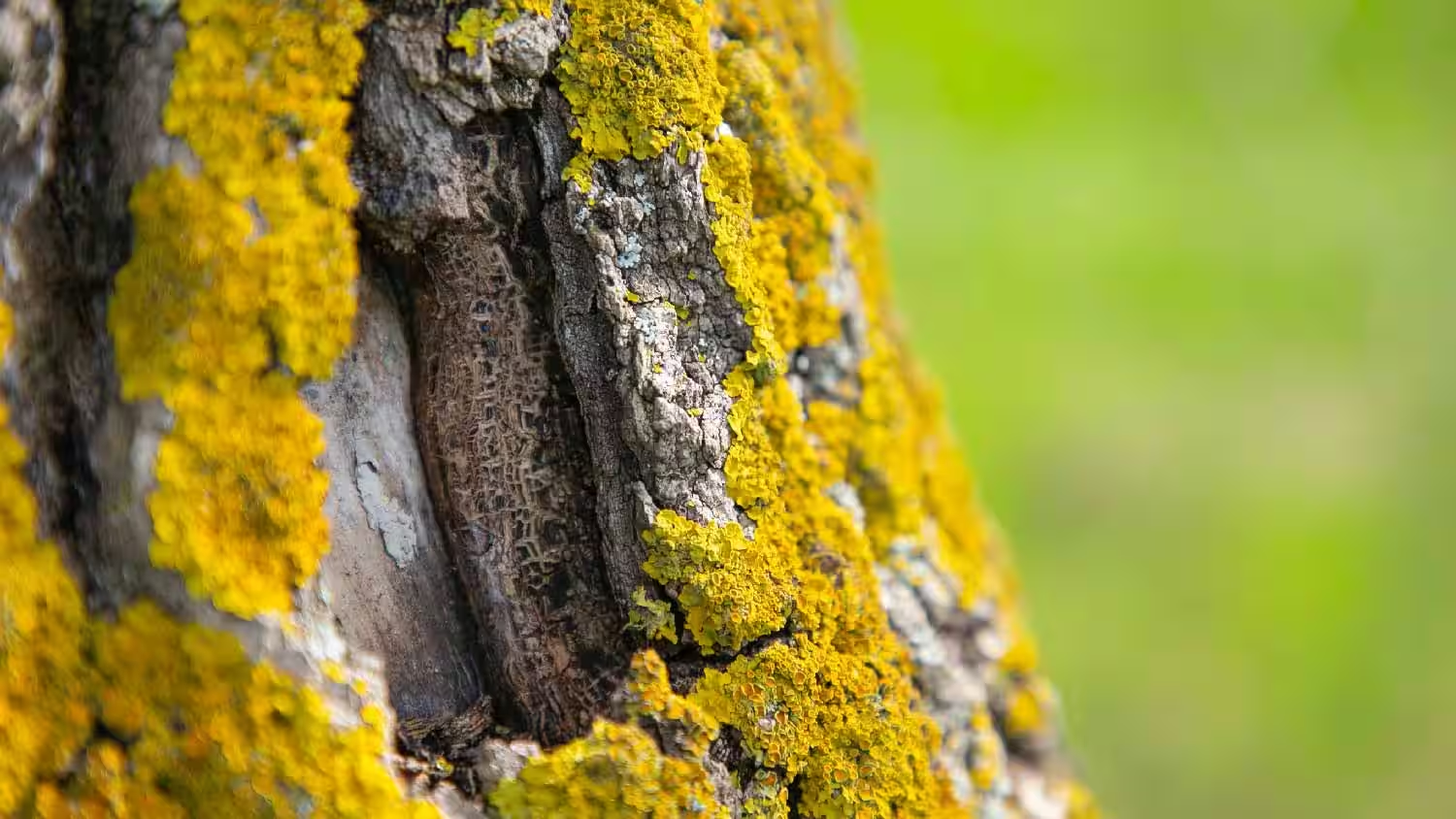Trees are vital to our environment, providing beauty, shade, and oxygen. However, when they fall victim to fungal infections, their health and longevity can be compromised. Understanding how to effectively treat and prevent tree fungus is essential for maintaining vibrant, healthy trees. This article will guide you through recognizing tree fungus, effective treatments, and tips for long-term tree care.
Understanding Tree Fungus
What is Tree Fungus?
Tree fungus refers to various types of fungi that infect trees, causing a range of issues from discolored leaves to dieback. Fungal infections can weaken trees, making them more susceptible to other diseases and environmental stressors.
Common Types of Tree Fungus
- Powdery Mildew: Appears as a white, powdery substance on leaves and stems.
- Root Rot: Affects the roots, leading to poor growth and wilting.
- Rust Fungi: Causes orange or rust-colored spots on leaves.
- Canker Fungi: Leads to sunken, discolored areas on branches and trunks.
Signs and Symptoms of Fungal Infections
Look for these signs to identify tree fungus:
- Discolored, wilted, or dropping leaves.
- Abnormal growths or cankers on branches.
- Moldy or powdery substance on leaves and stems.
- Root problems, such as poor growth or wilting.
Causes of Tree Fungus
Environmental Factors
Certain conditions make trees more susceptible to fungal infections:
- High Humidity: Fungi thrive in moist environments.
- Poor Drainage: Waterlogged soil can encourage root rot.
- Shaded Areas: Limited sunlight can create a favorable environment for fungi.
Common Conditions That Promote Fungal Growth
- Overwatering: Creates a damp environment conducive to fungus.
- Crowded Planting: Poor air circulation around trees can increase infection risk.
- Injury: Physical damage to trees can provide entry points for fungi.
How Poor Tree Care Can Lead to Infections
Neglecting tree maintenance, such as failing to prune dead or diseased branches, can lead to the spread of fungus. Proper care is crucial for preventing and managing fungal issues.
Effective Tree Fungus Treatment
Overview of Treatment Methods
Treating tree fungus effectively requires a combination of methods tailored to the type and severity of the infection.
Chemical Treatments
- Fungicides: These can be effective but should be used as directed. Options include systemic fungicides that are absorbed by the tree or contact fungicides that are applied directly to the infected areas.
- Application: Follow manufacturer instructions for application frequency and dosage to avoid damaging the tree.
Natural Remedies
- Neem Oil: A natural fungicide that can help control various types of fungus.
- Baking Soda Solution: Mix with water and apply to affected areas to manage powdery mildew.
- Vinegar: A diluted solution can be used to treat fungal infections on foliage.
Preventive Measures
- Proper Watering: Avoid overwatering and ensure proper drainage.
- Good Air Circulation: Space trees adequately to improve airflow.
- Regular Pruning: Remove dead or diseased branches to reduce infection risk.
How to Revive and Protect Your Trees
Steps to Take Once Treatment is Applied
- Monitor Health: Regularly check for signs of improvement or further infection.
- Adjust Care: Modify watering, fertilization, and pruning practices as needed.
How to Monitor Tree Health Post-Treatment
- Inspect Leaves and Branches: Look for new growth and check for recurring symptoms.
- Check Soil Moisture: Ensure soil conditions are optimal for recovery.
Long-Term Care Tips for Tree Health
- Regular Maintenance: Continue with good tree care practices to prevent future infections.
- Nutrient Management: Fertilize as needed to promote strong, healthy growth.
Additional Resources
- Grandma Gardens Website: Visit for more information on tree care and maintenance.
- Professional Help: Consult a certified arborist for severe or persistent issues.
Conclusion
Tree fungus can pose a serious threat to the health of your trees, but with timely treatment and proper care, you can protect and revive them. By understanding the types of fungus, recognizing symptoms, and applying effective treatments, you can ensure your trees remain healthy and vibrant for years to come. Take action today and give your trees the care they need!

